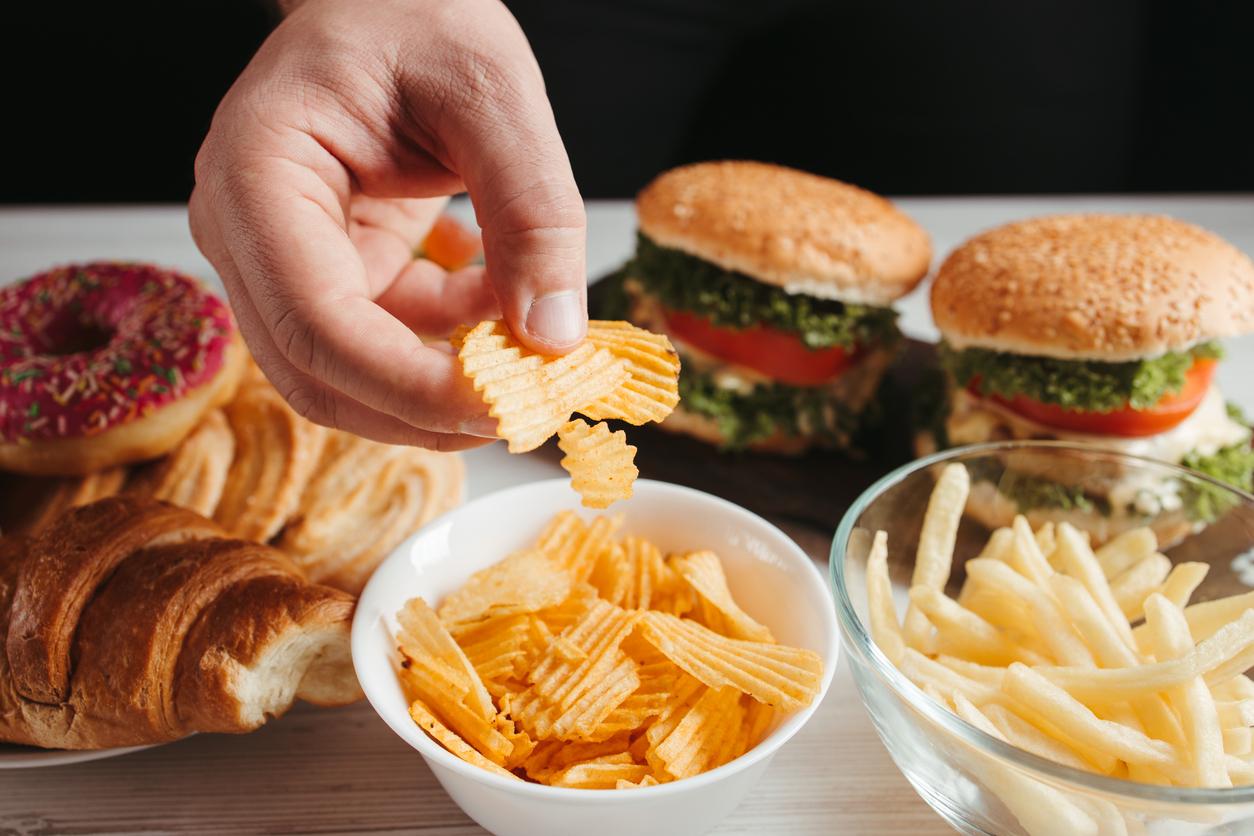
Fat pad syndrome and sagging feet
Good question! In this section PlusOnline goes in search of answers to nagging questions. This time: what does aging do to your feet?
Getting older causes everything in your body to squeak and creaks more, although some people suffer more than others. Your feet and ankles cannot escape the effect of aging either. With age, the strength of muscles and ligaments decreases. This can lead to sagging of the arch of the foot. The more things stretch, the more space there is between the bones. This makes the foot longer and wider and it sags. But that’s not the only thing: the cartilage is also subject to wear. This causes stiffness, pain, osteoarthritis and even deformities of the foot. Complaints that arise as a result are forefoot and heel complaints such as heel spurs. Another common complaint with aging is hallux valgus: a claw position of the toes and a crooked position of the big toe.
Fat toad syndrome
Your fat layer cannot escape aging either. Where the fat on the rest of your body often increases, it decreases under your feet, putting more pressure on the ball of the foot. This can feel like you’re walking on your bones and is called fat pad syndrome. Morton’s neuroma is also common in older feet, especially in women. This is a pinching of the sensory nerve that lies between the metatarsal bones and extends to the toes. It is often caused by walking in heels for a lifetime, or by wearing too tight (pointed) shoes. Middle-aged men, on the other hand, are more likely to suffer from gout in their big toe with pain, swelling and stiffness. This is the result of uric acid crystals accumulating in the joints. As if that wasn’t all; Achilles tendonitis is also more common in old age. The Achilles tendon is the tendon you use to bend your foot. This is sometimes weakened by a reduced blood supply. The heel or the back of the ankle can especially hurt from Achilles tendonitis. Reduced circulation can also lead to (ankle) edema. Edema is the Latin name for increased accumulation of fluid in tissues.
What to do?
First of all, good foot care is and remains important, even with older feet. Regularly remove the excess calluses, keep your toenails trimmed short and grease your feet well. Wear good shoes, in the right size. If you have complaints, a visit to the podiatrist can do a lot. The podiatrist has various options for treating physical complaints in the feet, knees, hips and lower back. He can also measure aids such as arch supports. In case of severe pain, it is also wise to consult your doctor. Sometimes a pain-relieving injection or even surgery can provide relief.















